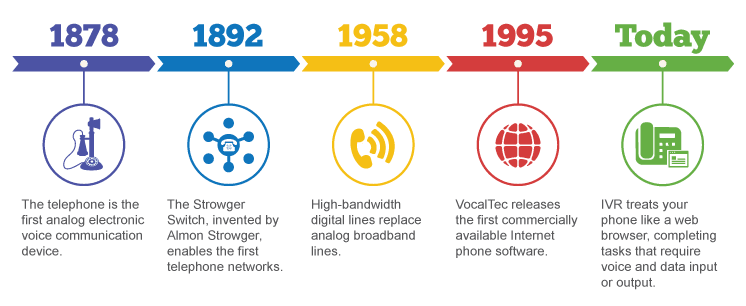It’s not cliché to say that telephony comprise some of the most complex systems that a business has to deal with. One of the reasons for this is that telephony isn’t just one single thing. It constitutes the actual technology, infrastructure, and practices tied to and enabling telecommunications.
Furthermore, the continued evolution of telephony from analog to digital introduced a whole new level of complexity to telephony.
Analog Telephony
In the analog days of old, phones connected directly to each other. As the number of telephones proliferated local exchanges were created to more easily connect local numbers. Pretty much everyone has seen an old TV show where a human operator processes phone calls by plugging patch cables into a giant switch board. These patch cables created a closed circuit that established a phone connection.
Copper wiring linked phones to these local exchanges and then even more copper wiring, known as a trunk line, connected the local exchanges to other national and international exchanges.
Before too long this network of interconnected devices became too complex for humans to manually control everything and circuit switching became automated. The modern public switched telephone network (PSTN) is the current manifestation of the circuit switched telephone system.
Even though there are digital elements in the PSTN that control switching, the transmission of audio across a direct connection along copper wires is why the system is still considered analog.
Digital Telephony
Since the 1990s, advances in digital telephony have made it more reliable and cost effective. The development of Voice of IP (VoIP) allows voice and data to travel on the same lines, which helps to reduce costs. Dynamic systems, like SIP trunking, which works in concert with VoIP, make VoIP even more powerful and reliable, offer companies substantial saving on their telephony expenditures.
At the same time because digital telephony is IP-based, integrating voice with other digital communications applications has exploded in recent years. Making telephony as powerful as its ever been.
The ability of computers and telephones to interact also made IVR technology much more robust. Nowadays, IVR can work like a web browser for your phone, accomplishing virtually any task one can think of that requires voice and data input or output.

